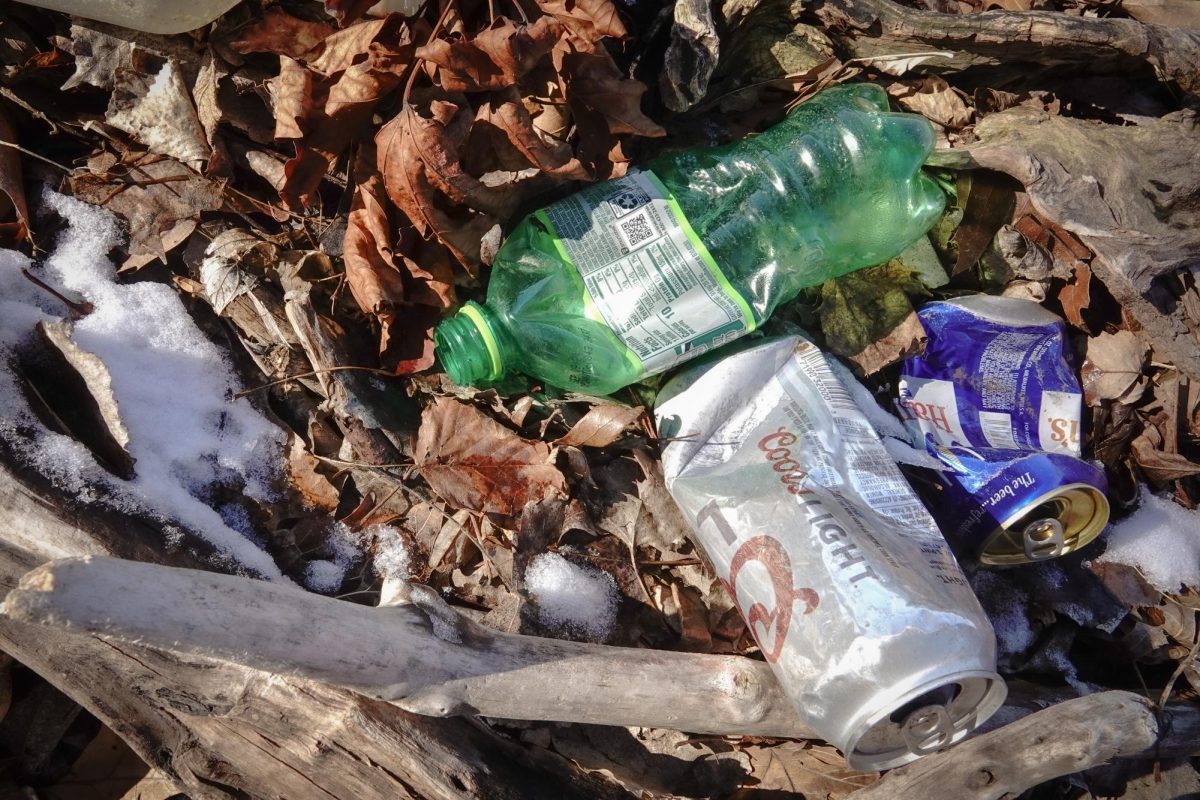Wisconsin is still grappling with the pervasive issue of per- and polyfluoroalkyl substances, or PFAS, often referred to as “forever chemicals” due to their persistent nature in the environment and human body.
These synthetic chemicals are found in many products, including firefighting foams, nonstick cookware and water-repellent fabrics, according to the Wisconsin Department of Health Services.
Exposure to PFAS has been linked to serious health issues such as cancer, thyroid disease, liver damage and developmental problems in children, according to Environmental Health News.
In response to the growing concern over PFAS contamination, Wisconsin lawmakers have introduced competing proposals aimed at addressing the issue.
Democratic Gov. Tony Evers has put forward a plan that allocates $145 million for PFAS treatment, groundwater standards, provision of bottled water and the drilling of new wells, along with funding for Department of Natural Resources oversight.
On the other hand, Republican Sen. Eric Wimberger’s proposal seeks to utilize an existing $125 million PFAS trust fund for testing, treatment and landowner protections but does not include new funding for cleanup efforts, according to EHN.
A significant point of contention between the two plans is the definition and protection of “innocent landowners,” with environmental advocates warning Wimberger’s approach could shift cleanup costs to the state, according to EHN.
Associate Dean for Education and Faculty Affairs at the University of Wisconsin Law School professor Steph Tai explained that addressing PFAS contamination involves a combination of regulation, legislation and litigation.
While Wisconsin’s regulatory efforts have been proactive, surpassing federal initiatives, the challenge lies in the vast number of PFAS chemicals, which are estimated to be in the tens of thousands, Tai said.
This complexity makes individual regulation difficult, leading to suggestions for class-based regulatory approaches.
But such approaches face challenges due to the ease with which manufacturers can alter chemical structures to bypass regulations, Tai said.
Safer States, a national alliance focused on addressing toxic chemicals, 34 states have introduced 201 policies aimed at protecting people from PFAS exposure, with 154 policies adopted across 30 states.
Eleven states, including Wisconsin, have established standards such as Maximum Contaminant Levels for certain PFAS in drinking water. Additionally, as of December 2024, Attorneys General from 30 states and the District of Columbia have initiated litigation against PFAS manufacturers for contaminating water supplies and other natural resources.
According to Tai, Evers’ concern is that the definition in Wimberger’s proposal is too broad and could allow landowners to avoid liability simply by not looking for contamination, shifting cleanup costs on taxpayers.
Wisconsin has already spent over $253,133,300 combatting PFAS, with the majority of that cost being shouldered by taxpayers, according to Safer States and NightmareNonstick.
Professor and Director of the Global Legal Studies Center at UW Law School Sumudu Atapattu echoed Tai on the challenges and health implications of PFAS.
While indications suggest widespread and detrimental effects, the full extent and long-term implications remain unclear, particularly for vulnerable populations such as children. Atapattu highlighted reports of stunted growth and developmental issues in children from developing countries, where PFAS exposure is heightened due to contaminated water and its presence in breast milk.
Drawing parallels to the global response to ozone-depleting substances, there are calls for an international treaty to manage PFAS production and use, she said.
This approach would allow individual states to tailor regulations to their national contexts while adhering to a global framework.
The lack of clear guidance and funding from the state government has left residents in limbo, highlighting the pressing need for decisive action.
When it comes to studying the extent to which aspects of human health are affected by PFAS chemicals, a new set of issues arises.
“The problem is that health effects can take years to appear,” Tai said. “It’s not like you drink PFAS and immediately get sick — it could be a decade before endocrine-disrupting issues show up. It’s unethical to test harmful substances on people, so researchers rely on ‘natural experiments’ — studying populations already exposed to PFAS, like those near dump sites or military bases.”
Of course, this highlights that vulnerable and marginalized communities and racial minorities are being exposed to these chemicals more than others, Atapattu said.
They live in areas that are more contaminated and closer to industrial zones because that’s what they can afford, she said. However, the information we have is sufficient to justify stricter regulations to the extent possible.
As legislative debates continue, the urgency to address PFAS contamination remains vital. The health and environmental implications of these “forever chemicals” necessitate collaborative efforts at both state and international levels to ensure the safety and well-being of all communities, Tai said.
Recent developments underscore the complexity of regulating PFAS. For instance, a new proposal by House Republicans aims to reinstate a regulatory loophole that would exempt many toxic PFAS from health and safety reviews, reversing a 2024 Biden administration rule that eliminated the “low volume exemption.”
According to The Guardian, this exemption had previously allowed small quantities of chemicals to enter the market with limited regulatory scrutiny, though minimal exposure to these chemicals poses significant health risks.
Starting January 1, 2025, several policies targeting PFAS went into effect on a state level. According to Safer States, these policies restrict PFAS and other chemicals of concern in everyday products, demonstrating how states are leading the way to reduce toxic exposure and promote safer alternatives.
While progress like this is being made, more needs to be done to prevent the continued contamination from PFAS chemicals, Tai said.
“Every country is affected, every country is using them,” Atapattu said. “It’s going to be hard for one state or one region to control PFAS when an international response is needed.”



